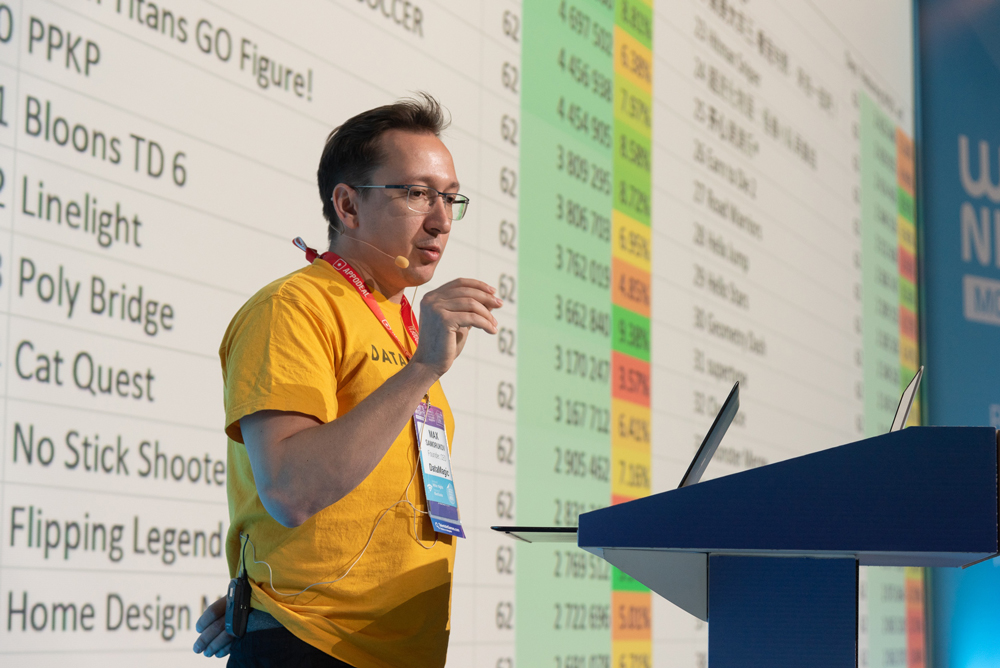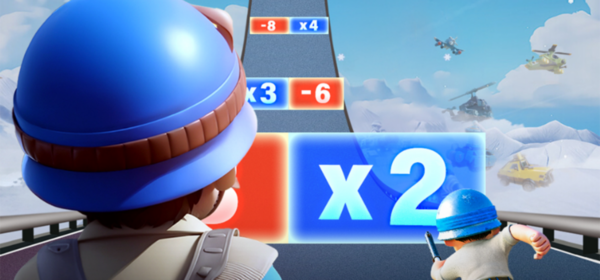Results of 2019: Maxim Samorukov from AppMagic about the main thing for the year
We continue to summarize the results of 2019 together with the heads of gaming companies and market experts. Next up is an interview with the founder of AppMagic (formerly DataMagic) Maxim Samorukov. He spoke about the central trends of the year.
How was 2019 for the company?
It went well, the number of active users has tripled. It is encouraging to see that larger and larger companies are becoming AppMagic customers.
This year, a lot of effort has been invested in strategic tasks: forecast accuracy, SEO, tools for corporate clients and, of course, new features.
Not all the planned things are still in the release. Now we are working on unique things. We have a lot of plans for 2020, we will try to please AppMagic users.
What events in the regional and global gaming industry do you consider central in the past year?
I don’t know if this can be called an event, but 2019 is definitely the year of the triumph of mislids in advertising. There is nothing to tell here. Anyone who logs into Facebook or plays games where there is advertising regularly comes across this. It is no longer possible to challenge the effectiveness of mislids – it has been proven by practice.
Another marker of 2019: everyone started testing game ideas based on the effectiveness of creatives. Before the start of development, a video is collected with a demonstration of the core gameplay and setting, and then the CPM / CPI is checked.
Just a year and a half ago, many questioned this approach. It seems to me that it was the heyday of hyper-casual games and mislids that clearly showed: you need to start designing a game from the top level of the funnel — CPM and CPI. If everything is already bad at the top level of the funnel, then there is no point in starting development.
What are the main trends in the market today?
It seems to me that next year there should be a massive approach when the gameplay adapts to the player based on ML or some heuristics.
A little earlier, maybe a year or two ago, the practice of personalization of payment policy was widely discussed. It became clear to everyone that payers are different. Therefore, it is also impossible to monetize them according to a single pattern.
Now, it seems to me, the time has come for the idea that the gameplay also needs personalization (level complexity, goal setting, event issuance, gameplay dynamics, and so on) to become widespread.
Hyper-casual development also remains an actual trend in the industry. She is in her prime. Notable: this direction has become the hope for many small companies and micro-teams consisting of two to five people. Due to the low cost of development and competition for products between publishers, small teams got a chance to break a big jackpot. This story is a bit like the Yukon Gold Rush (unorganized gold mining in the Klondike in 1896-1897, which took place against the backdrop of the financial recession in the United States, which caused many skilled workers from other fields to be among the miners. — Ed.).
Which third-party game releases this year, in your opinion, were the most important? Plus, which games did you spend the most time on in 2019 as a gamer?
It’s hard for me to remember a specific mobile title (and I only do mobile games) that had a pivotal impact on the industry this year. Trends are often set by Supercell, but Brawl Stars is losing ground, and none of its clones have shown great commercial results so far. Perhaps this is the first such case with Supercell games.
I personally played a lot of Tanks a Lot similar to Brawl Stars. I passed Heroes of Might and Magic III on my phone (it perfectly helps to pass the heavy flights Moscow — California, of which I had four this year). Well, and played a lot of Crazy Panda games, of course.

